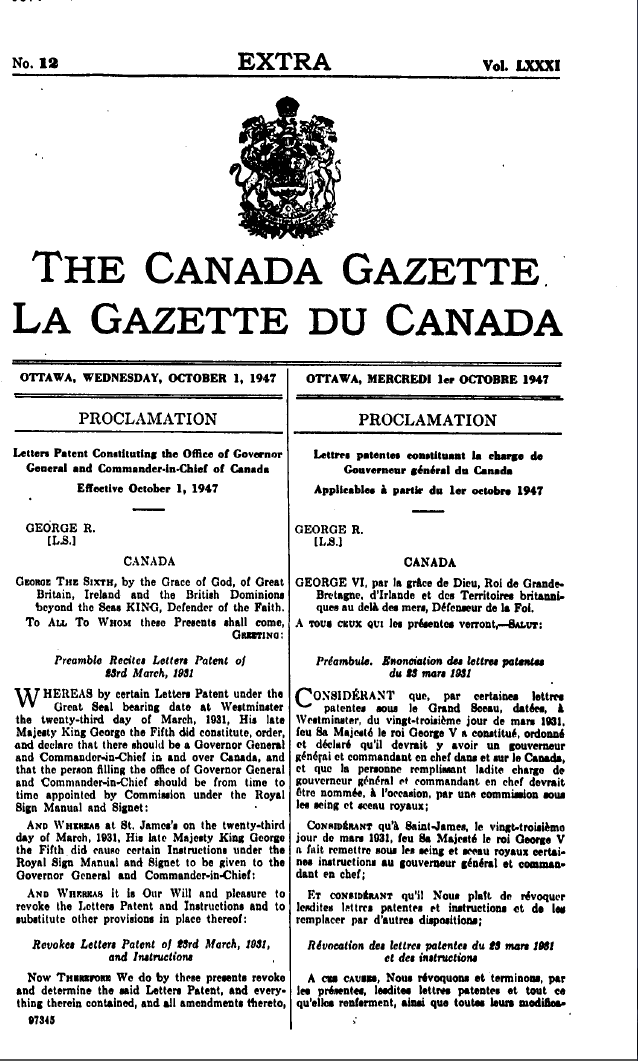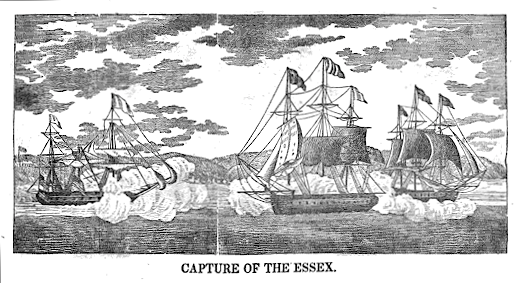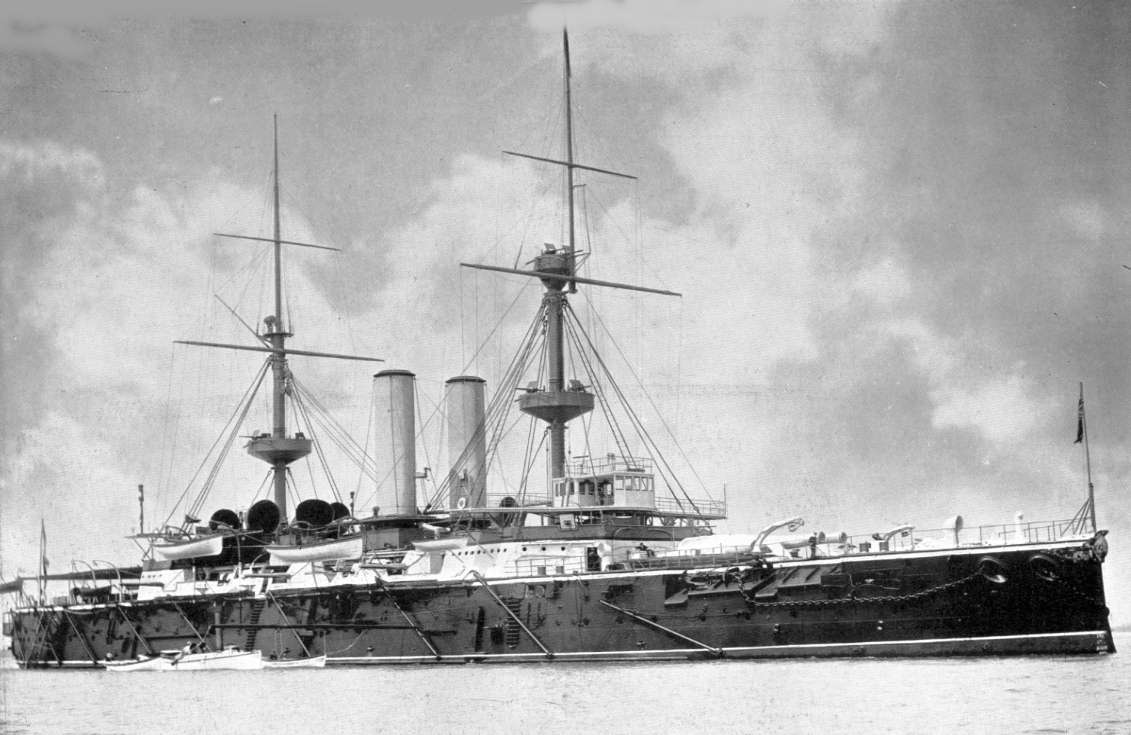|
Alexander Robert Maule Ramsay
Admiral Sir Alexander Robert Maule Ramsay, (29 May 1881 – 8 October 1972) was a Royal Navy officer. He was the husband of Princess Patricia of Connaught, the youngest child of Prince Arthur, Duke of Connaught and Strathearn, third son of Queen Victoria. He served with distinction during the First World War. During the 1920s and 1930s, he held several important naval aviation commands. Early life and career Alexander was born in London as the third son of John Ramsay, 13th Earl of Dalhousie, and his wife, Lady Ida Louisa Bennet, daughter of Charles Bennet, 6th Earl of Tankerville. He entered the Royal Navy as a cadet on HMS ''Britannia'' in 1894. He first went to sea on , the flagship of Admiral Sir Walter Kerr in the Channel Squadron, and was confirmed as a sub-lieutenant on 29 May 1900. In early December 1901 he was posted to the cruiser , but the order was cancelled as he was instead ordered to the cruiser as she left to become flagship of the Pacific Station in Jan ... [...More Info...] [...Related Items...] OR: [Wikipedia] [Google] [Baidu] |
Admiral (Royal Navy)
Admiral is a senior rank of the Royal Navy, which equates to the NATO rank code OF-9, outranked only by the rank of admiral of the fleet. Royal Navy officers holding the ranks of rear admiral, vice admiral and admiral of the fleet are sometimes considered generically to be admirals. The rank of admiral is currently the highest rank to which a serving officer in the Royal Navy can be promoted, admiral of the fleet being in abeyance except for honorary promotions of retired officers and members of the Royal Family. The equivalent rank in the British Army and Royal Marines is general; and in the Royal Air Force, it is air chief marshal. History The first admirals (1224 to 1523) King Henry III of England appointed the first known English Admiral Sir Richard de Lucy on 29 August 1224. De Lucy was followed by Sir Thomas Moulton in 1264, who also held the title of ''Keeper of the Sea and Sea Ports''. Moulton was succeeded by Sir William de Leybourne, (the son of Sir Roger de ... [...More Info...] [...Related Items...] OR: [Wikipedia] [Google] [Baidu] |
Charles Bennet, 6th Earl Of Tankerville
Charles Augustus Bennet, 6th Earl of Tankerville PC (10 January 1810 – 18 December 1899), styled Lord Ossulston between 1822 and 1859, was a British peer and Conservative politician. He served as Captain of the Honourable Corps of Gentlemen-at-Arms between 1866 and 1867 and as Lord Steward of the Household between 1867 and 1868. Background and education Bennet was born at Charles Street, Berkeley Square, London, the eldest son of Charles Bennet, 5th Earl of Tankerville and Armandine Corisande de Gramont, daughter of the French duke of Gramont and duke of Guiche. He was educated at Harrow and Christ Church, Oxford. He became known by the courtesy title Lord Ossulston on the death of his grandfather in 1822. Political career Lord Ossulston entered Parliament as Member of Parliament for North Northumberland in 1832. He held this seat until 1859, when he was summoned to the House of Lords through a writ of acceleration in his father's barony of Ossulston. He succeeded his fathe ... [...More Info...] [...Related Items...] OR: [Wikipedia] [Google] [Baidu] |
Dardanelles
The Dardanelles (; tr, Çanakkale Boğazı, lit=Strait of Çanakkale, el, Δαρδανέλλια, translit=Dardanéllia), also known as the Strait of Gallipoli from the Gallipoli peninsula or from Classical Antiquity as the Hellespont (; grc-x-classical, Ἑλλήσποντος, translit=Hellēspontos, lit=Sea of Helle), is a narrow, natural strait and internationally significant waterway in northwestern Turkey that forms part of the continental boundary between Asia and Europe and separates Asian Turkey from European Turkey. Together with the Bosporus, the Dardanelles forms the Turkish Straits. One of the world's narrowest straits used for international navigation, the Dardanelles connects the Sea of Marmara with the Aegean and Mediterranean seas while also allowing passage to the Black Sea by extension via the Bosporus. The Dardanelles is long and wide. It has an average depth of with a maximum depth of at its narrowest point abreast the city of Çanakkale. Th ... [...More Info...] [...Related Items...] OR: [Wikipedia] [Google] [Baidu] |
Mediterranean Sea
The Mediterranean Sea is a sea connected to the Atlantic Ocean, surrounded by the Mediterranean Basin and almost completely enclosed by land: on the north by Western and Southern Europe and Anatolia, on the south by North Africa, and on the east by the Levant. The Sea has played a central role in the history of Western civilization. Geological evidence indicates that around 5.9 million years ago, the Mediterranean was cut off from the Atlantic and was partly or completely desiccated over a period of some 600,000 years during the Messinian salinity crisis before being refilled by the Zanclean flood about 5.3 million years ago. The Mediterranean Sea covers an area of about , representing 0.7% of the global ocean surface, but its connection to the Atlantic via the Strait of Gibraltar—the narrow strait that connects the Atlantic Ocean to the Mediterranean Sea and separates the Iberian Peninsula in Europe from Morocco in Africa—is only wide. The Mediterranean Sea e ... [...More Info...] [...Related Items...] OR: [Wikipedia] [Google] [Baidu] |
Governor General Of Canada
The governor general of Canada (french: gouverneure générale du Canada) is the federal viceregal representative of the . The is head of state of Canada and the 14 other Commonwealth realms, but resides in oldest and most populous realm, the United Kingdom. The , on the advice of Canadian prime minister, appoints a governor general to carry on the Government of Canada in the 's name, performing most of constitutional and ceremonial duties. The commission is for an indefinite period—known as serving ''at Majesty's pleasure''—though five years is the usual length of time. Since 1959, it has also been traditional to alternate between francophone and anglophone officeholders—although many recent governors general have been bilingual. The office began in the 17th century, when the French crown appointed governors of the colony of Canada. Following the British conquest of the colony, the British monarch appointed governors of the Province of Quebec (later the Canadas) ... [...More Info...] [...Related Items...] OR: [Wikipedia] [Google] [Baidu] |
Lieutenant (Royal Navy)
LieutenantThe pronunciation of ''lieutenant'' is generally split between , , generally in the United Kingdom, Ireland, and Commonwealth countries, and , , generally associated with the United States. See lieutenant. (abbreviated Lt, LT (U.S.), LT(USN), Lieut and LEUT, depending on nation) is a commissioned officer rank in many English-speaking nations' navies and coast guards. It is typically the most senior of junior officer ranks. In most navies, the rank's insignia may consist of two medium gold braid stripes, the uppermost stripe featuring an executive curl in many Commonwealth of Nations; or three stripes of equal or unequal width. The now immediately senior rank of lieutenant commander was formerly a senior naval lieutenant rank. Many navies also use a subordinate rank of sub-lieutenant. The appointment of "first lieutenant" in many navies is held by a senior lieutenant. This naval lieutenant ranks higher than an army lieutenants; within NATO countries the naval rank ... [...More Info...] [...Related Items...] OR: [Wikipedia] [Google] [Baidu] |
Pacific Station
The Pacific Station was created in 1837 as one of the geographical military formations into which the Royal Navy divided its worldwide responsibilities. The South America Station was split into the Pacific Station and the South East Coast of America Station. History The British Pacific Squadron was established in 1813 to support British interests along the eastern shores of the Pacific Ocean at Valparaíso, Chile. In 1837, when the South America station was split, this responsibility was passed to the Commander-in-Chief, Pacific. In 1843, Lord George Paulet, George Paulet, captain of , took her out from Valparaíso to Honolulu to demand the islands of the Kingdom of Hawaii for Britain. King Kamehameha III capitulated and signed the islands over to Paulet. In the summer of that year, Rear-Admiral Richard Darton Thomas set out from Valparaíso in to rein Paulet in. On 31 July 1843, Thomas assured the King that the occupation was over and that there was no Paulet Affair (1843) ... [...More Info...] [...Related Items...] OR: [Wikipedia] [Google] [Baidu] |
Cruiser
A cruiser is a type of warship. Modern cruisers are generally the largest ships in a fleet after aircraft carriers and amphibious assault ships, and can usually perform several roles. The term "cruiser", which has been in use for several hundred years, has changed its meaning over time. During the Age of Sail, the term ''cruising'' referred to certain kinds of missions—independent scouting, commerce protection, or raiding—fulfilled by frigates or sloops-of-war, which functioned as the ''cruising warships'' of a fleet. In the middle of the 19th century, ''cruiser'' came to be a classification of the ships intended for cruising distant waters, for commerce raiding, and for scouting for the battle fleet. Cruisers came in a wide variety of sizes, from the medium-sized protected cruiser to large armored cruisers that were nearly as big (although not as powerful or as well-armored) as a pre-dreadnought battleship. With the advent of the dreadnought battleship before World W ... [...More Info...] [...Related Items...] OR: [Wikipedia] [Google] [Baidu] |
Sub-lieutenant
Sub-lieutenant is usually a junior officer rank, used in armies, navies and air forces. In most armies, sub-lieutenant is the lowest officer rank. However, in Brazil, it is the highest non-commissioned rank, and in Spain, it is the second highest non-commissioned rank. As a naval rank, a sub-lieutenant usually ranks below a lieutenant. Armies and air force rank In France, a sub-lieutenant () is the junior commissioned officer in the army or the air force. He wears a band in the colour of his corps (e.g. gold for infantry, silver for armoured cavalry, etc.). During the 18th century a rank of existed in the French Navy. It was the equivalent of the master's mate rank of the Royal Navy. It is now replaced by the rank of "first ensign" (). An Argentinian sub-lieutenant wears a single silver sun on each shoulder, Brazilian sub-lieutenants are the most senior non-commissioned rank (called Sub-Officer in the Navy and Air force), wearing a golden lozenge. In Mexico, the sub-lieute ... [...More Info...] [...Related Items...] OR: [Wikipedia] [Google] [Baidu] |
Channel Squadron
Channel, channels, channeling, etc., may refer to: Geography * Channel (geography), in physical geography, a landform consisting of the outline (banks) of the path of a narrow body of water. Australia * Channel Country, region of outback Australia in Queensland and partly in South Australia, Northern Territory and New South Wales. * Channel Highway, a regional highway in Tasmania, Australia. Europe * Channel Islands, an archipelago in the English Channel, off the French coast of Normandy * Channel Tunnel or Chunnel, a rail tunnel underneath the English Channel * English Channel, called simply "The Channel", the part of the Atlantic Ocean that separates Great Britain from northern France North America * Channel Islands of California, a chain of eight islands located in the Pacific Ocean off the coast of Southern California, United States * Channel Lake, Illinois, a census-designated place in Lake County, Illinois, United States * Channels State Forest, a state forest in Virgini ... [...More Info...] [...Related Items...] OR: [Wikipedia] [Google] [Baidu] |
Lord Walter Kerr
Admiral of the Fleet Lord Walter Talbot Kerr, (28 September 1839 – 12 May 1927) was a Royal Navy officer. After taking part in the Crimean War and then the Indian Mutiny, he supervised the handover of Ulcinj to Montenegro to allow Montenegro an outlet to the sea in accordance with the terms of the Treaty of Berlin. He became Flag Captain to the Commander-in-Chief, Channel Squadron and then Commander-in-Chief, Mediterranean Fleet. He went on to be Second-in-Command of the Mediterranean Fleet, then Commander-in-Chief of the Channel Squadron and finally became First Naval Lord. In that capacity he presided over a period of continued re-armament in the face of German naval expansion but was unceasingly harassed by Admiral Sir John Fisher. Early career Born the fourth son of John Kerr, 7th Marquess of Lothian and Lady Cecil Chetwynd Talbot. Kerr was educated at Radley College and joined the first-rate HMS ''Prince Regent'' as a naval cadet in August 1853.Heathcote, p. 14 ... [...More Info...] [...Related Items...] OR: [Wikipedia] [Google] [Baidu] |




